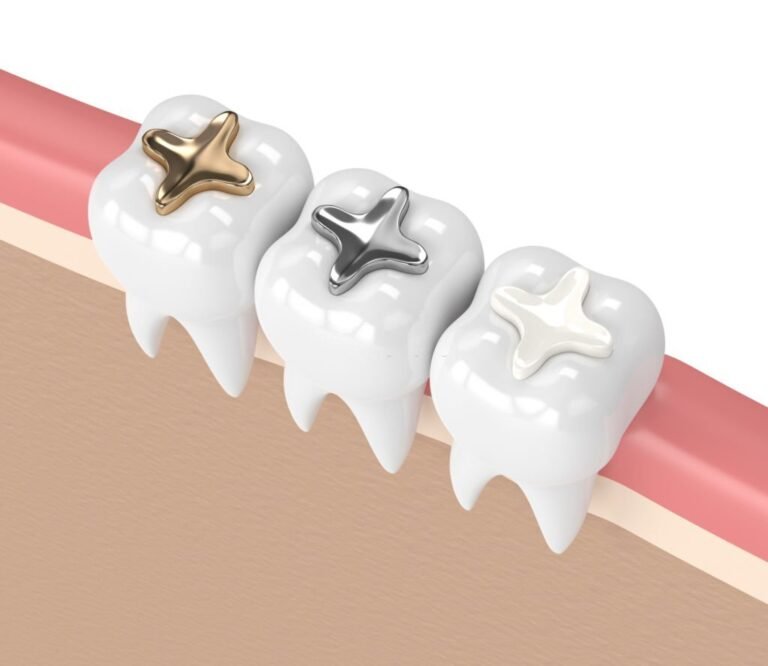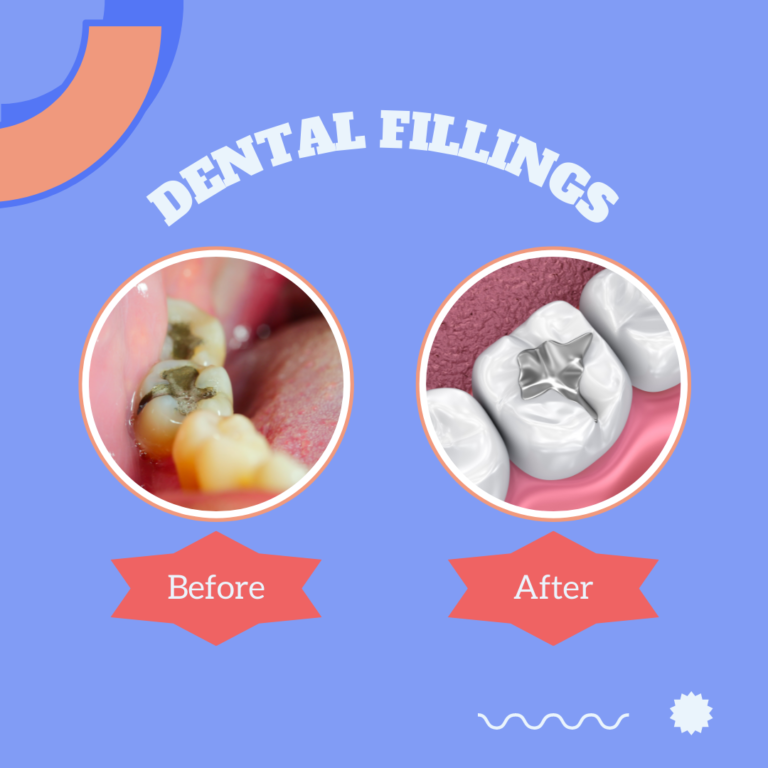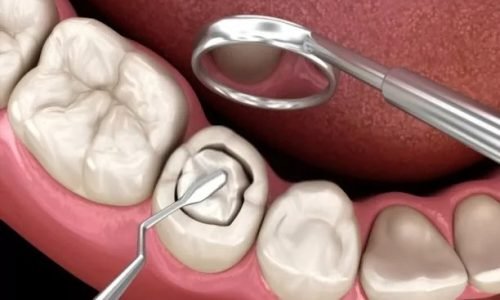Dental Fillings

What is Tooth filling material crafted from?
- Gold
- Porcelain
- Silver amalgam (carries mercury combined with silver, tin, zinc, and copper).
What are indirect fillings?
Indirect fillings are similar to composite fillings or teeth-colored fillings except that they are made in a dental laboratory and require two visits before being positioned. Oblique fillings are considered while you don’t have sufficient teeth or enamel structure remains to aid a filling, however, your enamel is not so severely broken that it wishes a crown.
All through the first removing Composite fillings. An impact is taken to file the shape of the teeth being repaired and the enamel around it. The impact is sent to a dental laboratory that makes the indirect filling. A temporary filling (defined under) is located to defend the tooth while your recovery is being made. All through the second go-to, the temporary filling is removed, and the dentist tests the match of the oblique restoration. If the health is acceptable, it will be completely cemented into the vicinity.
There are two sorts of indirect fillings – inlays and Onlays.
Onlays are extra good sized than inlays, covering one or more cusps. Onlays are once in a while referred to as partial crowns.
What is a brief filling and why could I want one?
- If more than one appointment is wanted in your filling. As an example, before placement of gold tooth fillings and for indirect fillings that use composite materials.
- Following a root canal.
- To permit your enamel’s nerve to “relax” if the pulp became irritated.
- If emergency dental treatment is wanted (inclusive of addressing a toothache).
- Transient fillings are just that; they are no longer supposed to remain. They generally fall out, fracture, or wear out within one month. Make sure to hold your appointment to have your brief filling replaced with a permanent one. In case you don’t, your teeth could end up inflamed or you can have other headaches.

What steps are involved in filling a tooth?
First, your dentist will numb the region around the enamel to be worked on with a local anesthetic. Next, a drill, air abrasion instrument, or laser can be used to eliminate the decayed vicinity. The selection of the device depends on your dentist’s consolation degree, education, and funding in the precise piece of equipment in addition to the vicinity and extent of the decay.
Subsequently, your dentist will probe or test the vicinity at some point in the decay removal manner to decide if all the decay has been removed. As soon as the decay has been removed, your dentist will put together the space for the filling by cleansing the hollow space of bacteria and particles. If the decay is near the foundation, your dentist may also first put in a liner manufactured from glass ionomer cement, composite resin, or other material to guard the nerve. Normally, after the filling is in, your dentist will finish and varnish it.
Several extra steps are required for teeth-colored fillings and are as follows. After your dentist has removed the decay and cleaned the location, the tooth-colored fabric is applied in layers. Subsequently, a unique mild that “treatment options” or hardens every layer is implemented. Whilst the multilayering manner is completed, your dentist will shape the composite material to the desired result, trim off any excess material and polish the final healing.
How do I have to take care of my teeth with fillings?
- Traveling your dentist frequently (twice every 12 months) for cleanings.
- Brush with fluoride-containing toothpaste.
- Floss as a minimum as soon as each day.
Call your dentist if:
- Your enamel is extraordinarily sensitive.
- You feel a sharp facet.
- You word a crack in a filling or if a piece of the filling is missing.
What causes tooth sensitivity upon getting a tooth filling?
Tooth sensitivity after placement of a filling within reason is commonplace. Your teeth can be sensitive to stress, air, candy foods, or temperature. Typically, the sensitivity is going away on its own in some weeks. Till then, keep away from the purpose of the sensitivity. Sometimes scaling and filling of teeth go together You typically don’t want to take a pain reliever.
Touch your dentist if the sensitivity doesn’t go away within four weeks or if your enamel is extraordinarily sensitive. He or she might also suggest using a desensitizing toothpaste, can also practice a desensitizing agent on the teeth, or in all likelihood proposing a root canal process.

Why do I feel an ache around my dental filling?
Ache when you bite:
Ache when your tooth touch:
Toothache-type pain:
This pain might occur if the decay became very deep to the pulp of the enamel. This “toothache” reaction might also suggest this tissue is now not wholesome and a root canal system is needed.
Referred pain:
Why do I feel an ache around my dental filling?
Regular wear and tear:
Filling fails and rot develops:
Filling and/or decay is huge:
What causes a new filling to genuinely fall out?
Can a person be allergic to amalgam tooth filling?
Does dental insurance cover the cost of composite fillings?
Most dental insurance plans cover the cost of the composites up to the price of the silver filling, then you would need to pay the difference. It’s always best to contact your dental care insurance provider before procedures if you have questions or concerns about cost.
We at Sherwani Dental Associates, offer a wide range of dental fillings and from metal filling to tooth buildups, core buildups, and complete tooth buildups, laser filling of teeth. Best Female Dentists are available to ensure comfort and ease of work and we use the latest gadgets to maximize the quality of work and safety of patients.

